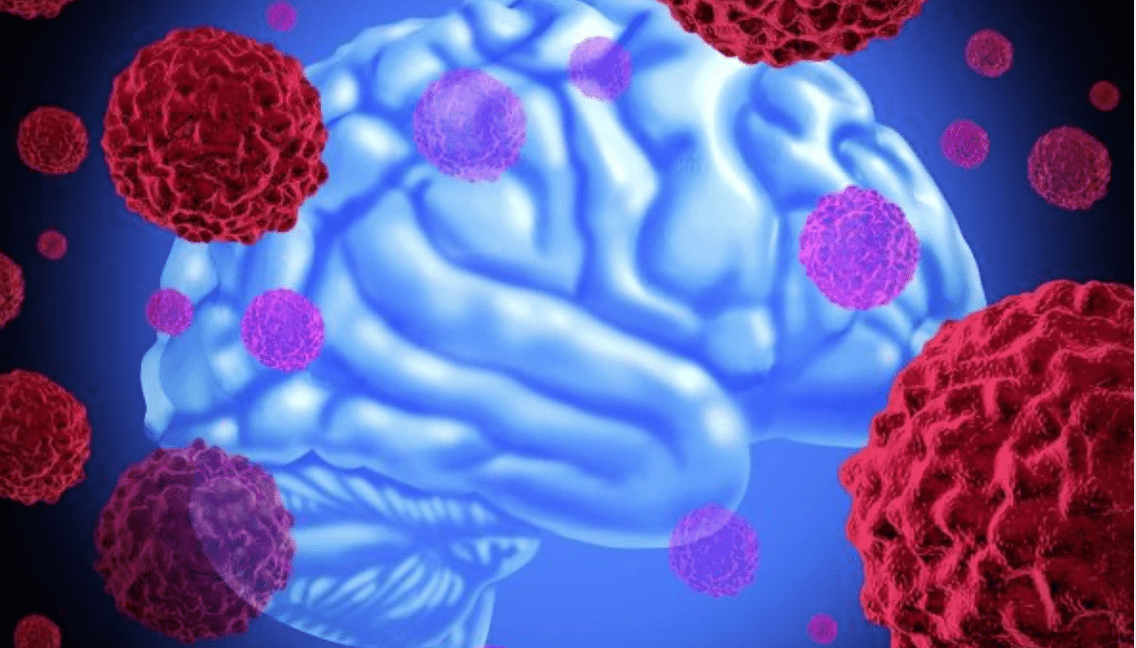-
 News
When glucose levels are low, chemotherapy ceases to affect cancer cells
News
When glucose levels are low, chemotherapy ceases to affect cancer cells
-
 News
Excessive treatment of prostate cancer in older men may reduce quality of life without increasing its duration
News
Excessive treatment of prostate cancer in older men may reduce quality of life without increasing its duration
-
 News
Brain cancer can be cured by viruses
News
Brain cancer can be cured by viruses
-
 News
Ways to reduce lymphatic pain in breast cancer have been found
News
Ways to reduce lymphatic pain in breast cancer have been found
-
 News
Scientists have turned bacteria into a powerful weapon against cancer
News
Scientists have turned bacteria into a powerful weapon against cancer
All news
Polycythemia Vera treatment
Polycythemia vera — a rare, slowly progressive blood disorder.
- Patient symptoms and prognosis vary;
- Sometimes life-threatening complications develop;
- Rarely, polycythemia vera develops into acute myeloid leukemia or myelofibrosis.
In order to undergo diagnosis and treatment of polycythemia vera abroad, leave a request on the MedTour platform. The coordinating doctor will contact you and help choose a clinic and a doctor.
We provide an interpreter and help with the organization of air travel, transfer, and also book hotel accommodation.
MedTour patients recommend clinics for the treatment of polycythemia Vera:
Doctors for the treatment of polycythemia vera
Frequently Asked Questions
Polycythemia vera — a rare bone marrow disorder in which the overproduction of blood cells occurs.
Most often, the disease affects people over 50, but it can also occur in younger people. The average age of detection of illness is 60 years.
Men are affected more often.
98% of patients with polycythemia vera have genetic mutations in the JAK-1 and JAK-2 genes. The reason for the mutations is unknown.
Polycythemia vera leads to producing too many blood cells by bone marrow, primarily erythrocytes. Platelets and leukocytes can also be overproduced.
The clinical manifestations of polycythemia vera depend on the stage of the disease and vary from patient to patient.
The most common manifestations:
- Increased sweating;
- Itching;
- Pain and bloating;
- Headache and dizziness;
- Fatigue;
- Blurred vision;
- Redness of the face.
In the absence of proper treatment, complications of the illness can occur.
An excess of erythrocytes thickens the blood and increases the risk of thrombosis.
- If a clot blocks arteries, a stroke, heart attack or myocardial infarction can occur;
- If a clot blocks a vein, pulmonary embolism and deep vein thrombosis can occur.
In the absence of complications, the life expectancy of patients with this pathology doesn’t differ from healthy people.
If the disease is left untreated, the average life expectancy is reduced by several years.
How foreign doctors diagnose polycythemia vera
An experienced doctor from a leading foreign clinic will diagnose polycythemia vera based on laboratory and instrumental studies:
- Blood test:
- Characterized by an increase erythrocytes level, hemoglobin and hematocrit;
- An additional sign is an increase in the level of platelets and leukocytes;
- A decrease in the formation of the hormone erythropoietin is also characteristic;
- Genetic testing for the JAK-1 / JAK-2 mutation;
- Ultrasound of the abdominal cavity: in 40-50% with polycythemia vera, there is an increase in the liver and spleen;
- Bone marrow biopsy: the doctor takes a piece of bone marrow for further examination of the sample under a microscope.
How is polycythemia vera treated abroad
An experienced doctor selects individual therapy tactics for each patient. The choice of treatment method depends on the patient’s age, stage of the disease, the presence of complications and other factors.
Given all the necessary criteria, the doctor can use different methods and medications:
- Phlebotomy;
- Erythrocytapheresis;
- Drug treatment:
- Acetylsalicylic acid;
- Hydroxyurea;
- Interferon alpha;
- Targeted therapy with JAK inhibitors;
- Stem cell transplant.
Blood thinning by phlebotomy: the doctor will take 250-500 ml of blood. The purpose of the procedure is to maintain a normal hematocrit value (below 45%).
Erythrocytapheresis is an alternative to phlebotomy. In this way, the doctor will be able to remove only erythrocytes, while all other blood components remain in the body.
The physician may also prescribe medication. Acetylsalicylic acid tablets thin the blood and thus prevent blood clots.
The use of hydroxyurea inhibits the division of blood cells in the bone marrow. Thereby, reducing the excessive production of blood cells.
For the same purpose, interferon alpha can be used instead of hydroxyurea. It reduces the number of blood cells.
If the above methods are ineffective, an experienced doctor will prescribe targeted therapy with JAK inhibitors, which slow down the multiplication of blood cells.
Polycythemia vera can only be cured with donor stem cell transplantation. However, this method isn’t considered the gold standard treatment for this pathology. Due to the risks associated with this procedure, stem cell transplant is only suitable for patients in the advanced stages of the disease.
This illness is a chronic pathology. It’s important to control the disease and relieve symptoms. Maintaining the quality of life is very important. For this, there is a list of recommendations:
- Eat a balanced diet;
- Engage in physical activity;
- Increase your stay in nature;
- Stop smoking and drinking alcohol.
Published:
Updated:









